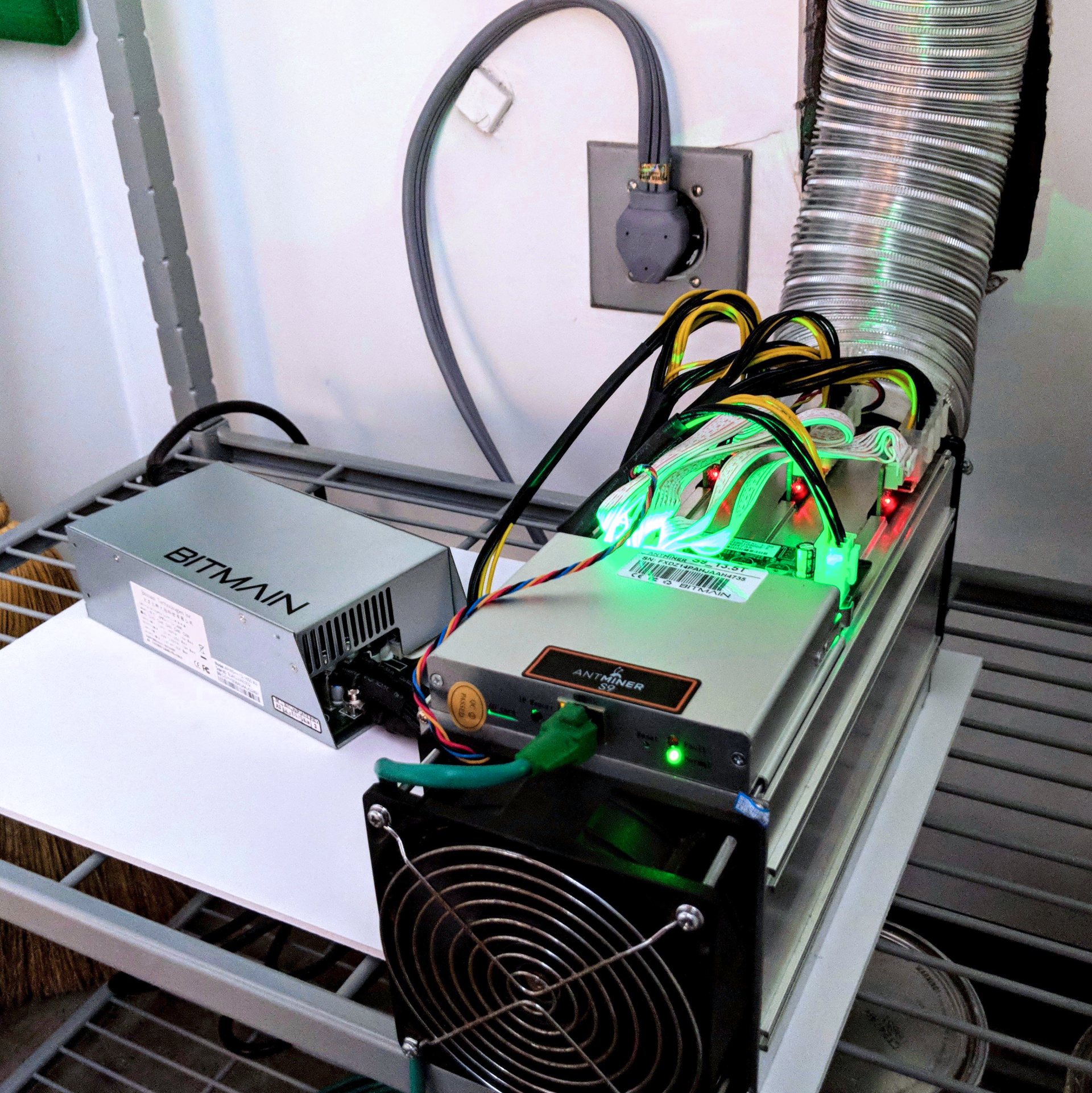A major argument against the widespread adoption of virtual currencies is the massive amounts of power required to maintain the industry. According to the New York Times’ analysis of cryptocurrency energy consumption, Bitcoin mining alone consumes 91 terawatt-hours of electricity per year, accounting for about 0.5% of all electricity consumed worldwide. Though the security cryptocurrencies offer is undeniably valuable, are these advantages really worth the environmental costs?
Below, we’re going to dive into the process of crypto mining, its environmental effects, and what can be done to solve it.
What is crypto mining?
Cryptocurrencies record all transactions on a database called the blockchain. This database is composed of “blocks,” with each block representing a crypto transaction. And to reduce the risk of fraud, cryptocurrencies require networks of people, called miners, to “mine” each block and validate every transaction. This system is called “proof of work,” because it requires miners to stake huge amounts of electricity to prove their integrity.
Wealthsimple’s breakdown of cryptocurrencies explains that miners who want to confirm transactions must first solve extremely complex algorithmic puzzles. The complexity of these puzzles demands large amounts of computing power, so they’re very expensive to execute. The high cost of mining disincentivizes miners from confirming fraudulent transactions. The system also generates a cryptocurrency reward for the first person in the network to solve the algorithm.
And because miners across the network are required to reach the same consensus for a transaction to be considered valid, any hacker who wants to copy, counterfeit, or double-spend their coins would need to source labor from entire networks of miners. Thus, the amount of labor and resources required in mining makes fraud too expensive to commit.
Comparisons to other technologies
It could be argued that cryptocurrencies are no more damaging to the environment than other popular technologies. The internet, for example, accounts for 10% of the world’s electricity consumption. For instance, YouTube consumes 243.6 terawatt-hours (or 1% of global electricity consumption) per year, which is greater than crypto mining’s energy consumption by 152.6 terawatts. However, the rapid growth of the cryptocurrency industry might accelerate its energy consumption in the coming years. Bitcoin, for example, has increased its energy consumption 10x within the last five years.

Energy-efficient alternatives
Fortunately, the promise of decentralized technology doesn’t need to come at such a huge environmental cost. Harvard Business Review’s article on cryptocurrency solutions notes that crypto can become sustainable if more companies push for its widespread adoption and look for alternative ways to mine it. This includes things such as renewable energy server farms and energy-efficient mining algorithms.
The first solution they propose is to incentivize green energy usage for powering crypto mining. Many server farms, such as Iceland’s Genesis Mining, have adopted renewable energy to power crypto mining. Companies can take this a step further and accelerate green energy adoption by offering rewards to miners that trade out fossil fuel usage for renewable energy sources such as solar power.
Another fix is to replace proof-of-work with less energy-intensive mining protocols like the proof-of-stake. Decrypt.io’s proof-of-work vs. proof-of-stake comparison points out that under the proof-of-stake model, the system selects from a pool of network volunteers a “validator” who will confirm the next transaction. To volunteer for a chance to forge the next block, validators must prove their integrity by putting down a large deposit, called stake. The size of the stake increases a validator’s chance of being selected, and validators lose a huge part of their stake if they approve fraudulent transactions. It’s no longer a competition of most energy usage, so the proof-of-stake model uses a lot less energy than proof-of-work.
When Bitcoin was first introduced, the proof-of-work system that protected its transactions only needed the computing power of a single laptop. However, as the demand for the technology increases, the industry needs to future-proof their systems with energy-efficient models that can protect both their users and the environment.
Top photo: Bitcoin charts (photo by Pierre Borthiry/Unsplash)


